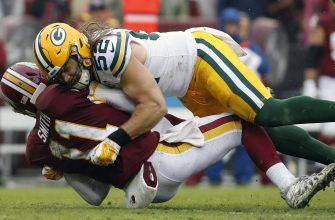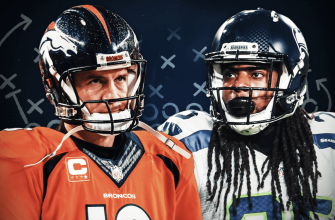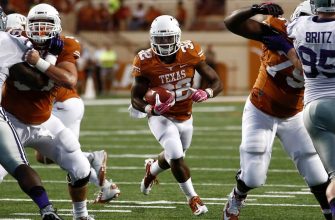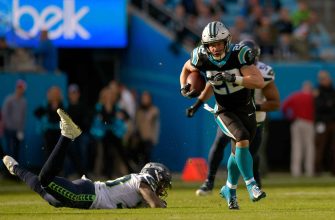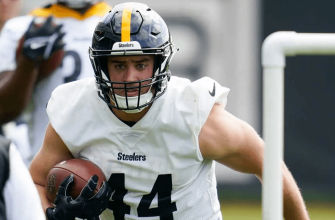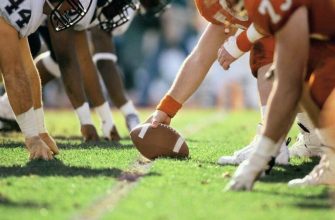Football is a thrilling game that captures the hearts of millions. It has certain techniques and strategies teams use to gain an edge. One such is the chop block. Here, let’s explore what it is and its significance in the NFL.
A chop block is when an offensive player goes low to cut down a defensive player, while another blocks the defender higher. It’s designed to stop the defender from playing effectively by attacking both their upper and lower body. It can be tricky to execute, though.
The issue with chop blocks is that they can cause serious injury. The suddenness of the move means the defender won’t have time to react or protect themselves properly. This leads to them being exposed to contact below the waistline, which increases the risk of injury.
The NFL has responded to this by introducing stricter rules and regulations surrounding chop blocks. These measures are to protect defenders from harm and maintain fairness.
However, chop blocks can still be effective in certain circumstances. Teams must approach it with caution and follow guidelines.
One suggestion is to be creative with blocking strategies. By using innovative methods that focus on safety without compromising effectiveness, teams can find alternative ways to succeed.
Another tip is to educate players on legal and proficient blocks. Coaches can do this to ensure fair play and optimal performance.
Ultimately, it’s important to prioritize the safety of all involved. With a careful balance of innovation, education, and rules, teams can strive for victory while keeping the field safe.
Understanding the Rules and Regulations
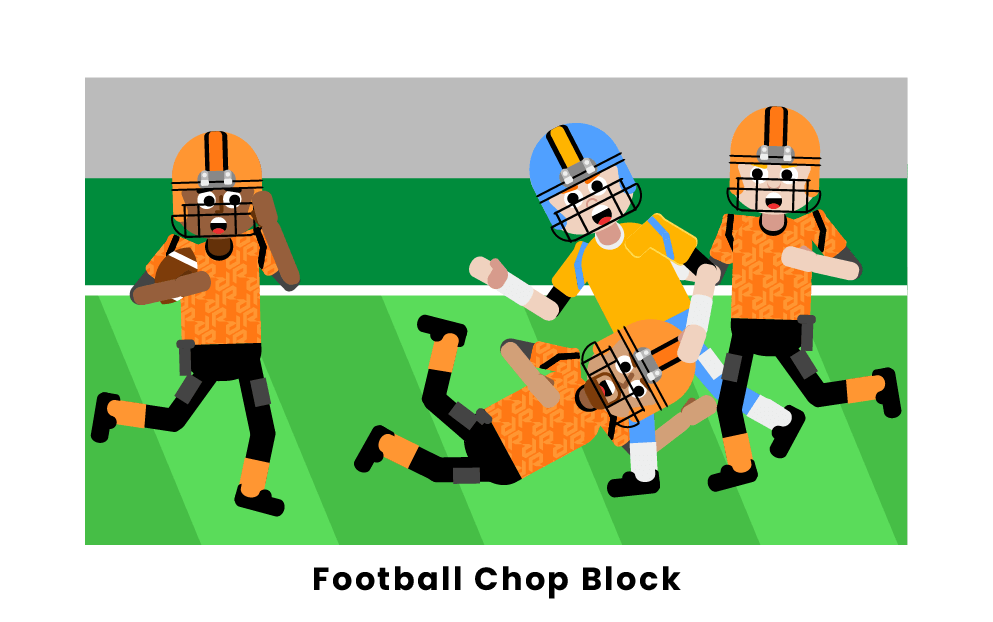
Football rules and regulations can be complicated. It’s essential for players, coaches and fans to understand them. Let’s make it easier. We’ll break them down in a table below:
| Rule | Description |
|---|---|
| Offside | Offensive player ahead of ball when it’s played to them |
| Holding | Holding or hindering an opponent |
| Pass interference | Physically preventing opponent from catching a pass |
| Illegal block | Using hands or body to obstruct an opponent |
| Chop block | Two offensive players engaging same defensive player at the same time |
Now let’s focus on something special. Generally, chop blocks are illegal due to the harm they can cause. However, the NFL has an exception. When two offensive linemen execute it within close proximity (known as peel-back), it’s allowed.
It’s clear, knowing rules and regulations is important for football people. Whether you’re a player avoiding penalties or a fan wanting to understand the game better, familiarizing with these guidelines will benefit your experience. Don’t miss this chance!
Techniques and Execution
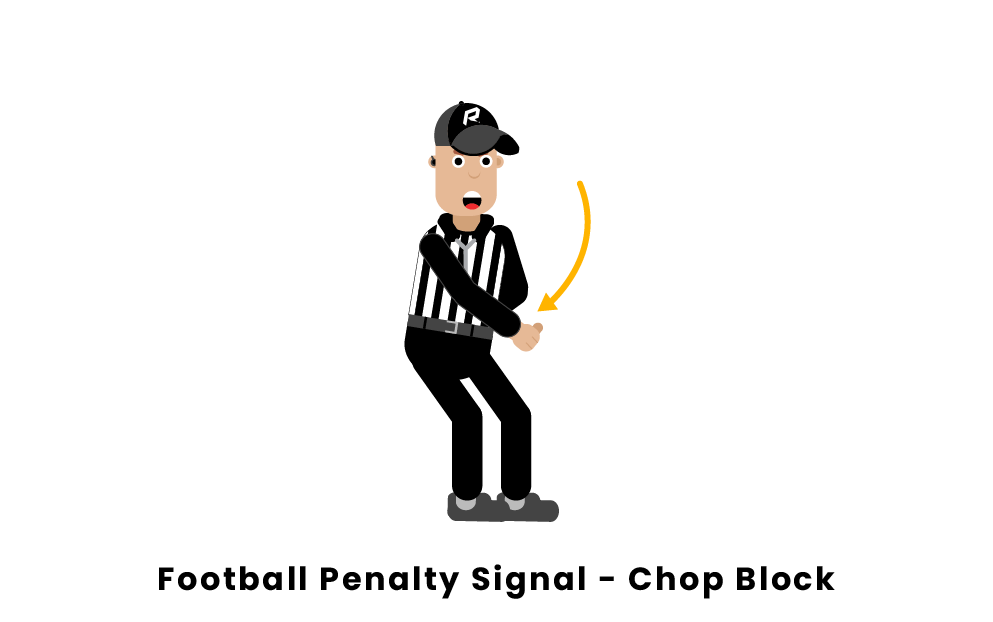
In football, techniques and execution are paramount for success. Players have to master various skills to carry out plays and strategies. Let’s investigate some key aspects of techniques and execution.
Take a look at this table:
| Technique | Description |
|---|---|
| Blocking | Impeding defensive players’ movements with physical contact. |
| Tackling | Bringing down an opposing player with control and force. |
| Passing | Throwing the ball accurately to teammates, minimizing interception risk. |
| Catching | Receiving the ball and ensuring possession. |
These techniques are vital for executing plays properly. Each needs precision, skill, and practice to attain optimal performance on the field.
Moreover, players need to consider timing, positioning, and decision-making during gameplay. Analysis and quick decisions can change the course of a play or an entire game.
A great tale demonstrating the significance of techniques and execution in football is about a team in a championship game facing a crucial fourth-down situation. With only inches between them and a first down, the offensive line blocked flawlessly, giving enough protection for a running back to rush through enemy lines for a game-winning touchdown.
Impact on the Game
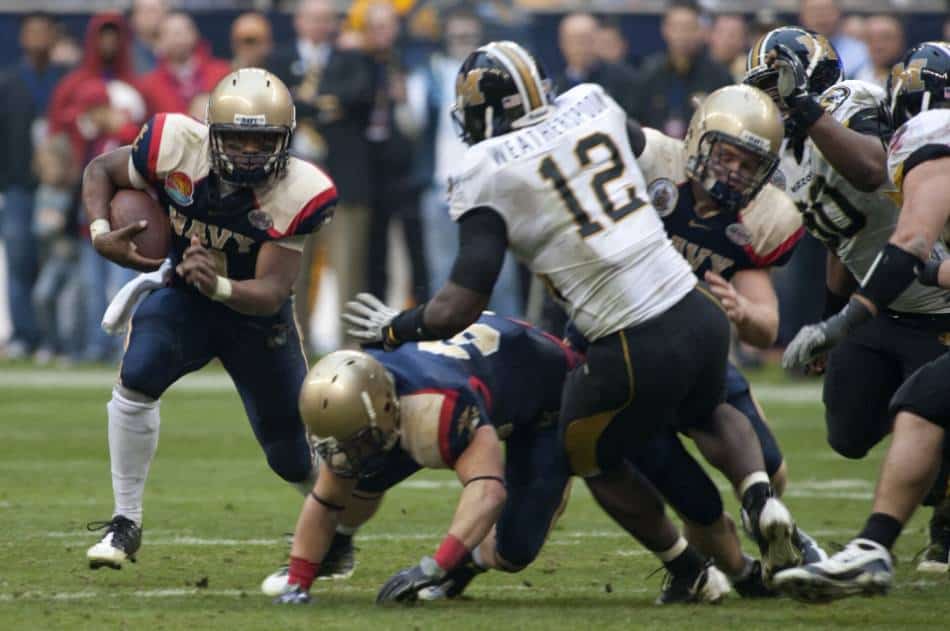
The effects of chop blocks in football are remarkable. They can improve offensive plays, but also put opposing players in danger. Let’s explore the details.
Chop Block Technique:
When chopping, an offensive player blocks up high while another cuts low. This aims to take down defenders and make running lanes or guard the quarterback. It takes perfect timing and harmony between players.
Effectiveness:
When done right, chop blocks can surprise defenders and benefit the offense. By attacking their legs, it’s easier to lessen their strength and move them off the field. This can lead to big wins for the offense.
Player Safety Concerns:
Despite the advantages, chop blocks are risky. The rapid direction change caused by a low block can cause severe injuries to knees and ankles. Rules like in the NFL have been implemented to protect player safety.
Historical Significance:
Chop blocks have been around in football for a long time. Initially, it was legal. But, as research into sports injuries grew, leagues put in place rules to stop or restrict this kind of block.
Controversy and Debate
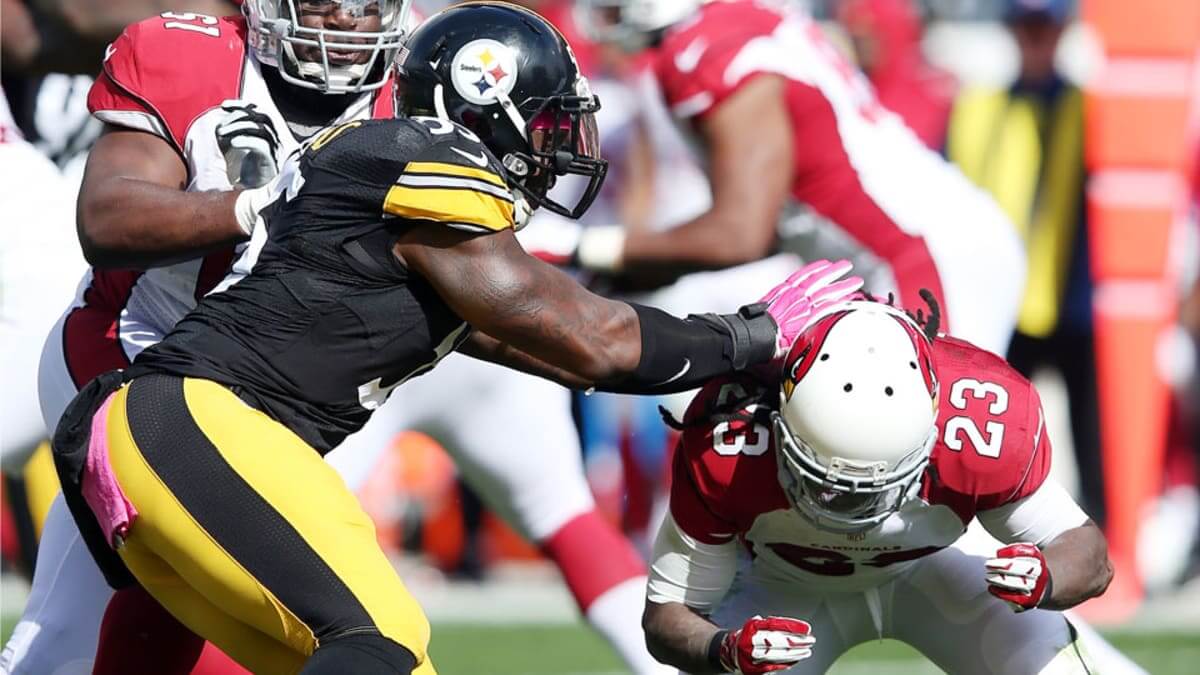
Controversy and debate have swirled around the chop block in football for years. Seen as an unlawful and hazardous move, the NFL has imposed regulations and punishments to stop its use and defend the athletes’ safety.
Some view it as any low hit beneath the waist, while others think it must include a high-low combo from two offensive players.
The question of whether it’s intentional or unintentional also creates a stir. Critics declare that some use it purposely to harm opponents, while defenders say it can be hard to differentiate between planned and accidental chops in the heat of the game.
The extent of injuries from chop blocks is an added element of contention. Those in favor of stricter rules argue they can cause severe knee harms, while those against think injuries are part and parcel of the sport, and not only due to chop blocks.
Recent studies show the long-term effects on physical health from chop blocks. The consistent blow to knees and ankles can result in chronic pain and joint weakening later in life for both offensive and defensive players alike.
Historic records attest to the concern about chop blocking for many decades. During the 1970s, football circles were in a perpetual debate about how to handle the contentious act. This illustrates that safeguarding player safety has been a long-term issue in football.
Frequently Asked Questions
Q: What is a chop block in football?
A: A chop block in football refers to an illegal blocking technique where one offensive player blocks an opponent below the waist while another offensive player engages the same opponent above the waist. It is considered dangerous and can lead to severe injuries.
Q: Why is a chop block illegal in the NFL?
A: The NFL prohibits chop blocks to ensure player safety. This technique has the potential to cause significant damage to an opponent’s knees and lower body, leading to severe injuries. The league prioritizes the safety of its players and aims to minimize unnecessary risks.
Q: What are the penalties for a chop block in the NFL?
A: If a chop block is committed in the NFL, it results in a 15-yard penalty against the offending team. Additionally, the player who executed the illegal block may face fines and possible suspension, depending on the severity and intent of the action.
Q: Are chop blocks allowed in college football?
A: No, chop blocks are also illegal in college football. The rules regarding chop blocks are similar to those in the NFL, aiming to protect the safety of players and prevent unnecessary injuries.
Q: How can players avoid committing a chop block?
A: Players can avoid committing a chop block by focusing on proper blocking techniques taught by coaches and following the rules outlined by the league. It is crucial to engage opponents within legal parameters and avoid dangerous maneuvers that could cause harm.
Q: What is the difference between a chop block and a cut block?
A: While a chop block involves one offensive player blocking an opponent below the waist, while another offensive player engages the same opponent above the waist, a cut block is a legal maneuver where an offensive player blocks an opponent at or below the knees. Cut blocks are allowed in specific situations, but chop blocks are strictly prohibited due to safety concerns.
Conclusion
Football is a physical sport, but the safety of the players is key. That’s why the NFL has banned the chop block. This move involves two offensive players blocking an opponent, one at or below the knee, and the other higher up. It can be unpredictable and risky, leading to serious injuries.
One example of this is Geno Atkins of the Cincinnati Bengals. In 2008, he suffered a torn ACL during a game against the Pittsburgh Steelers, which appeared to be a result of a chop block.
By outlawing the chop block, the NFL is prioritizing the well-being of all players. It’s sending the message that winning should never come at the expense of endangering others.


